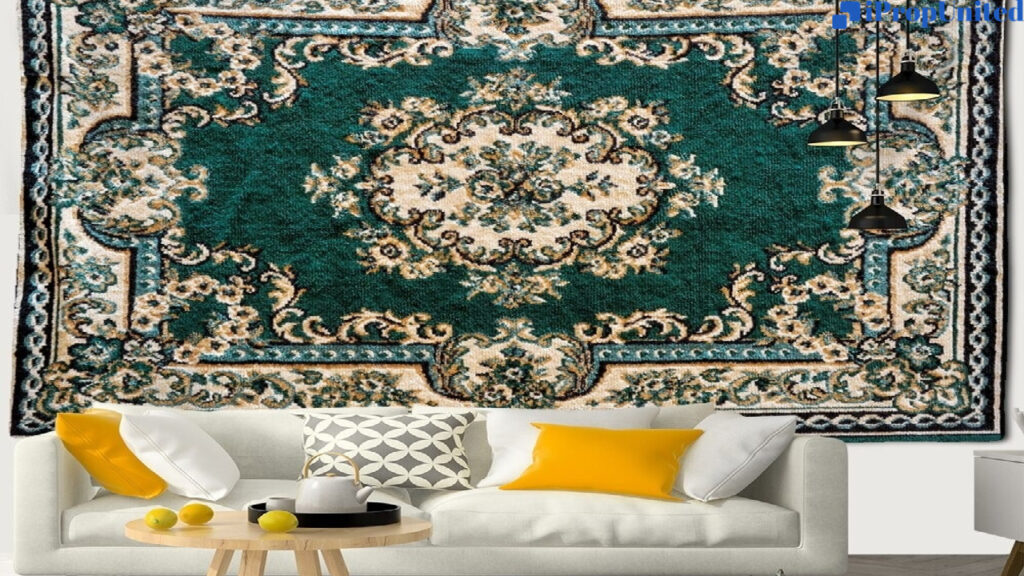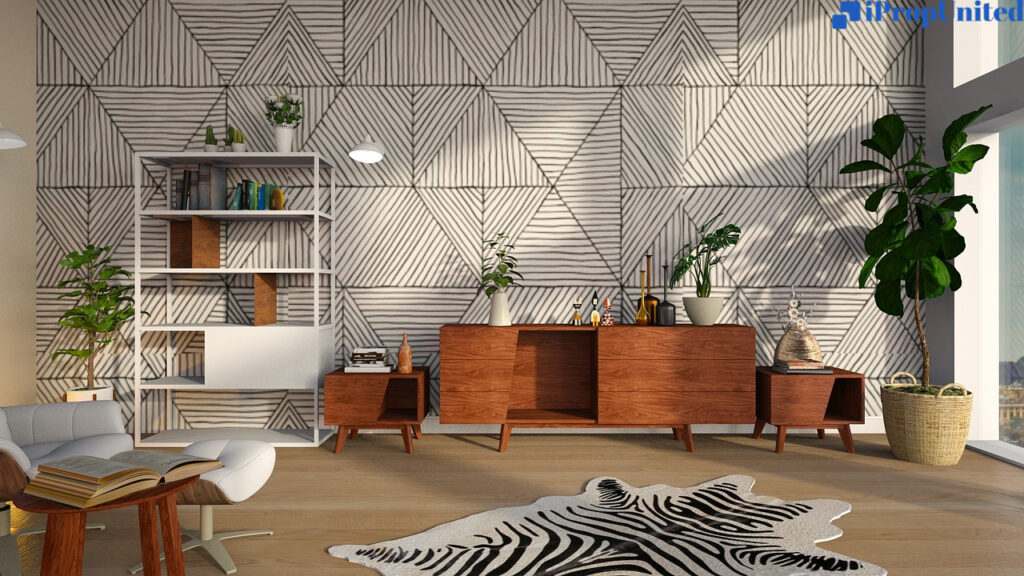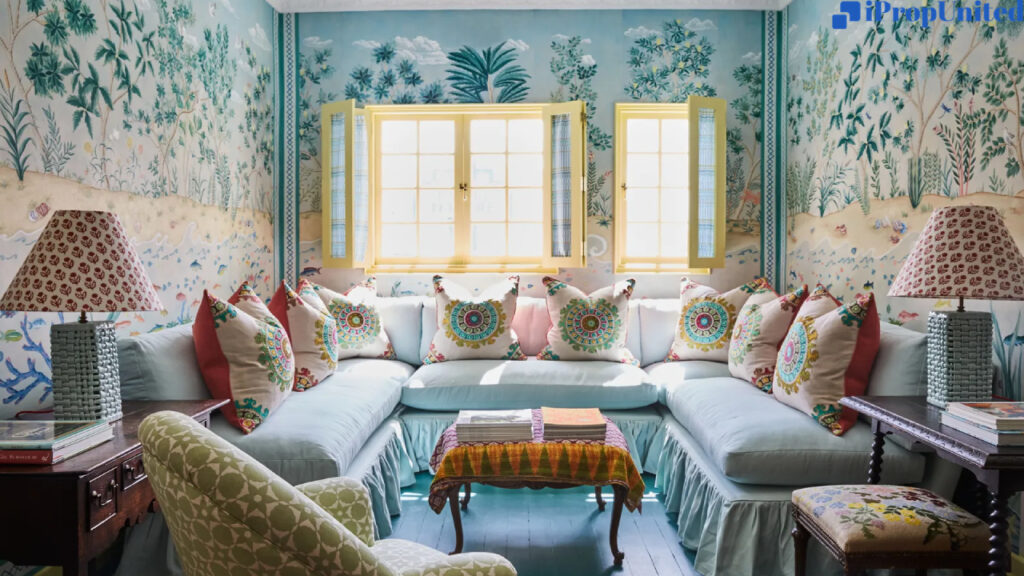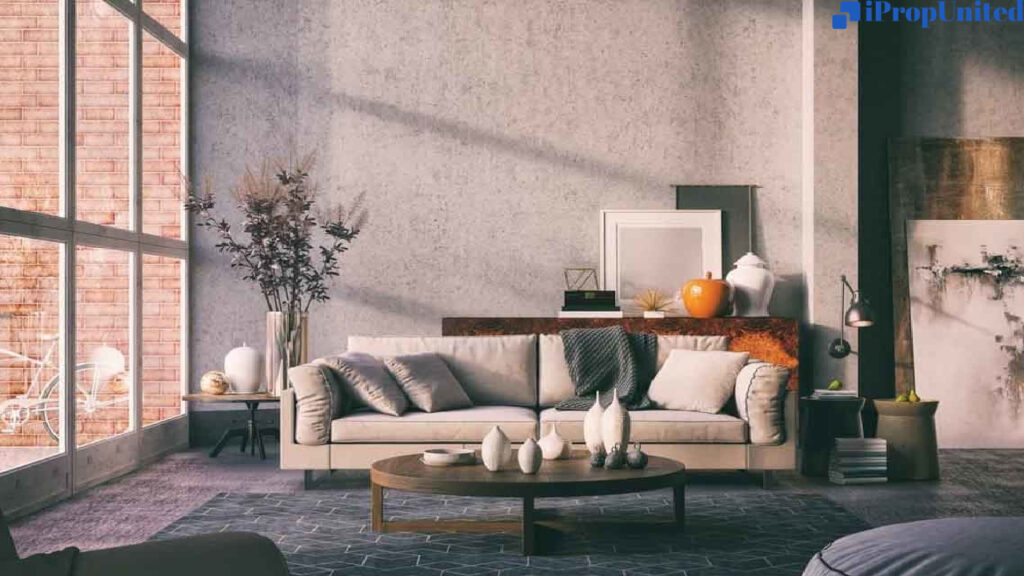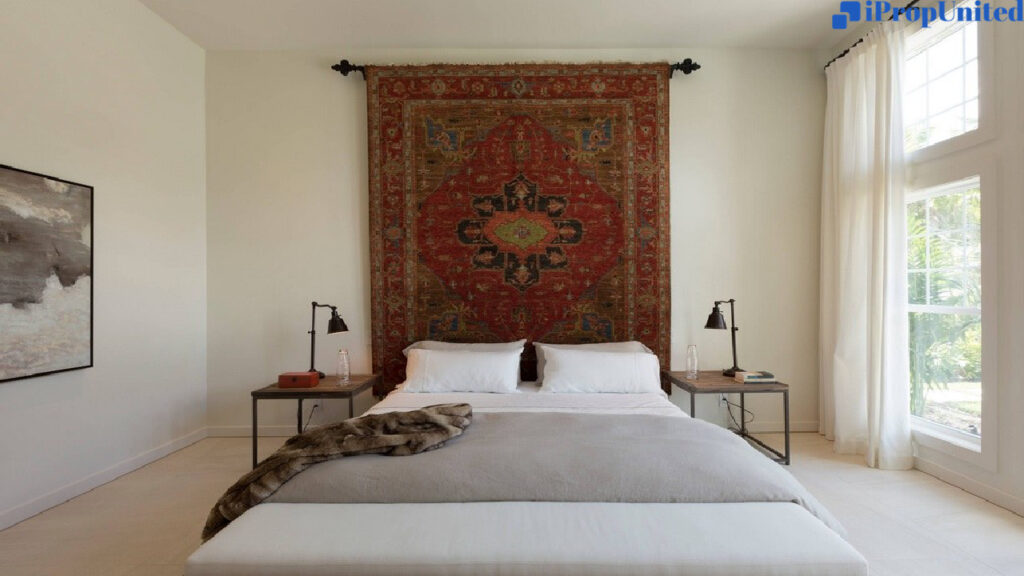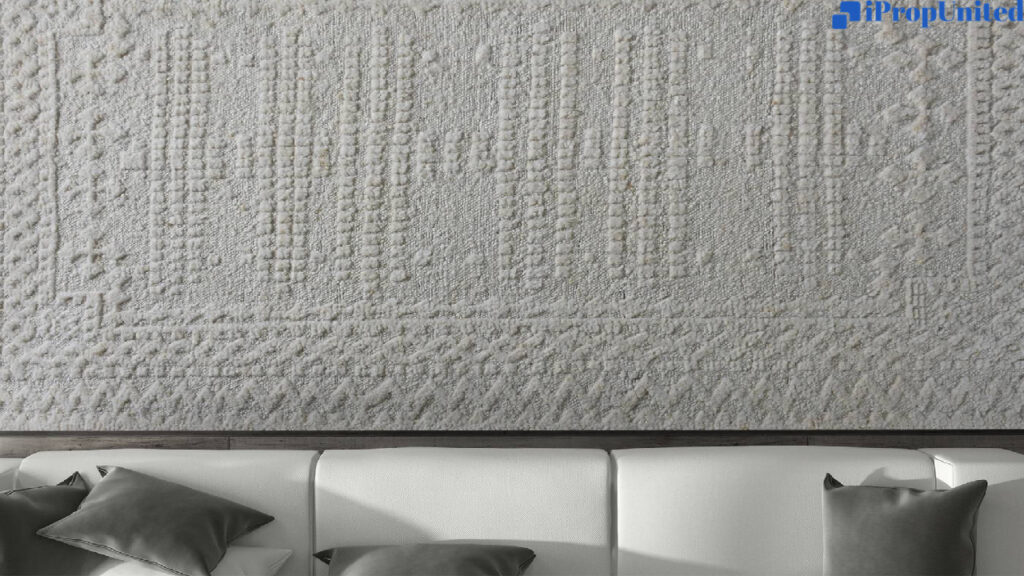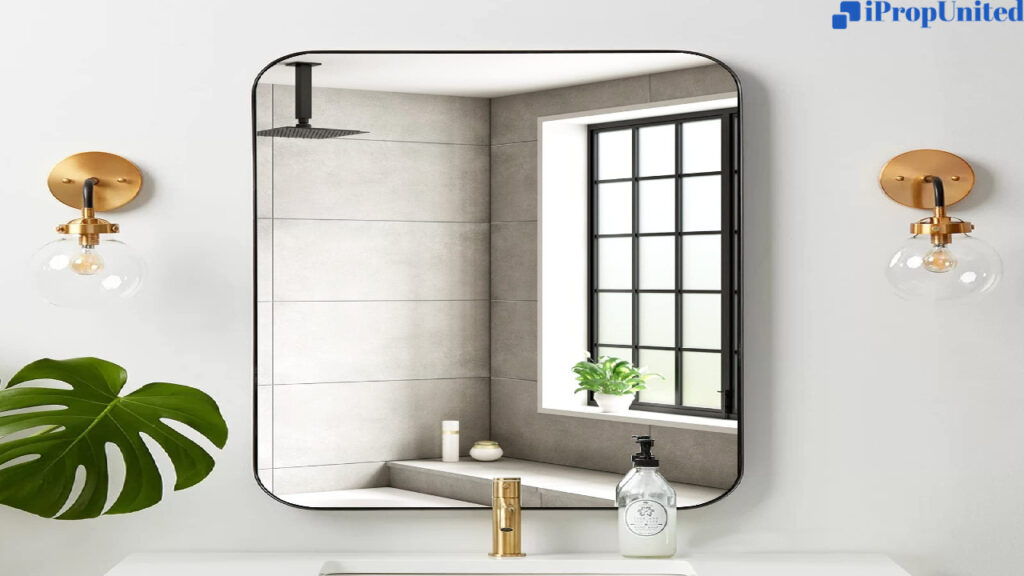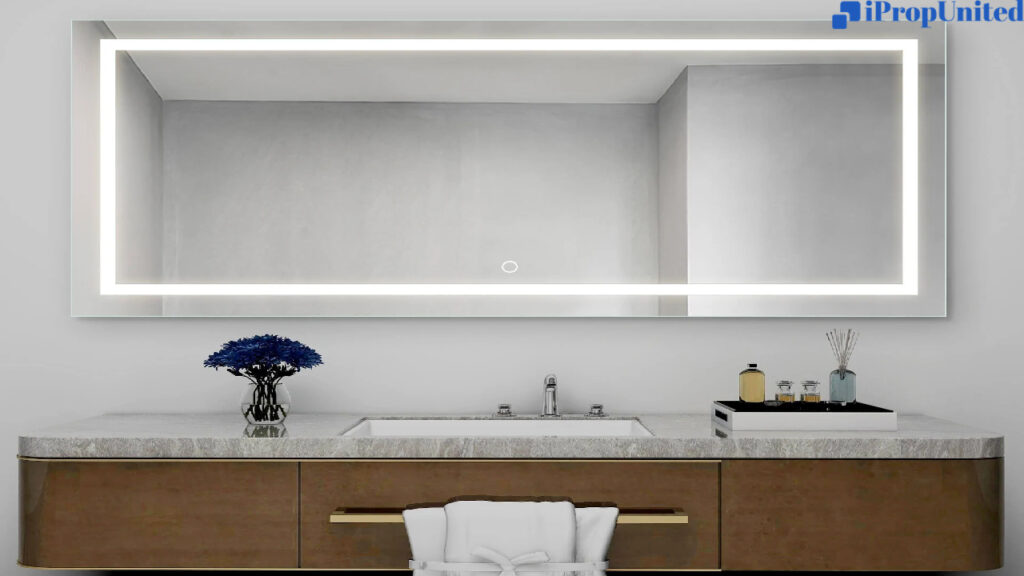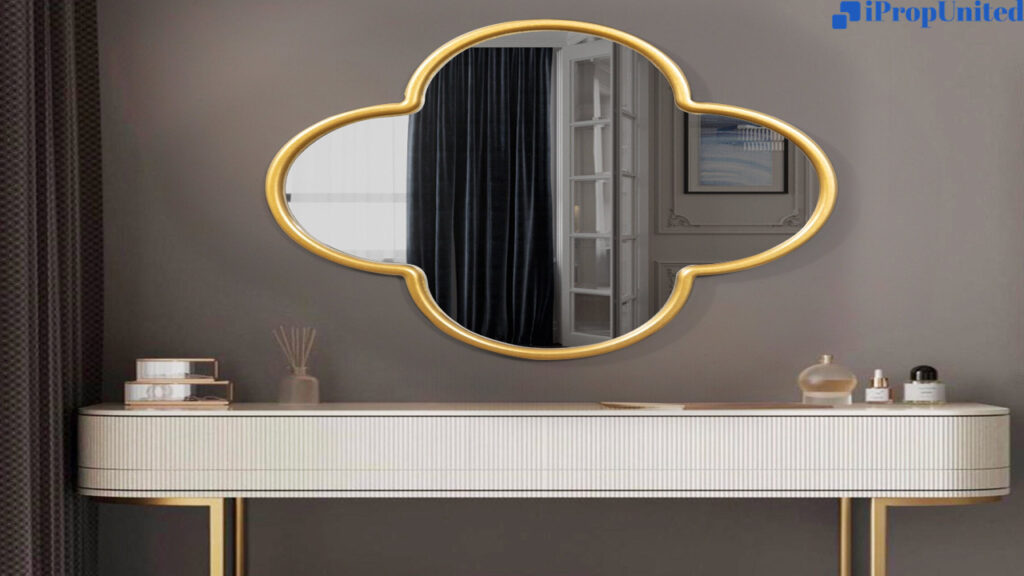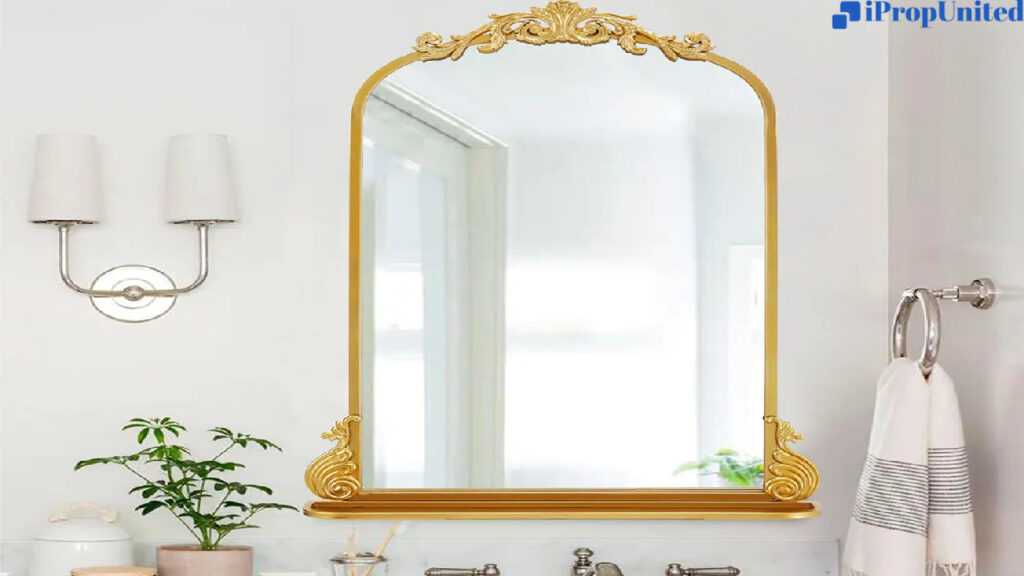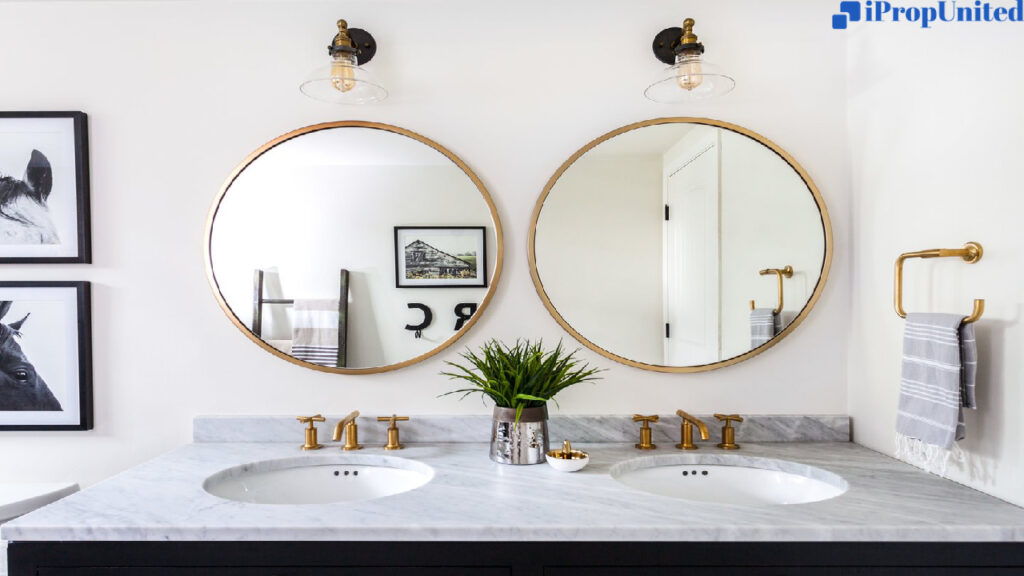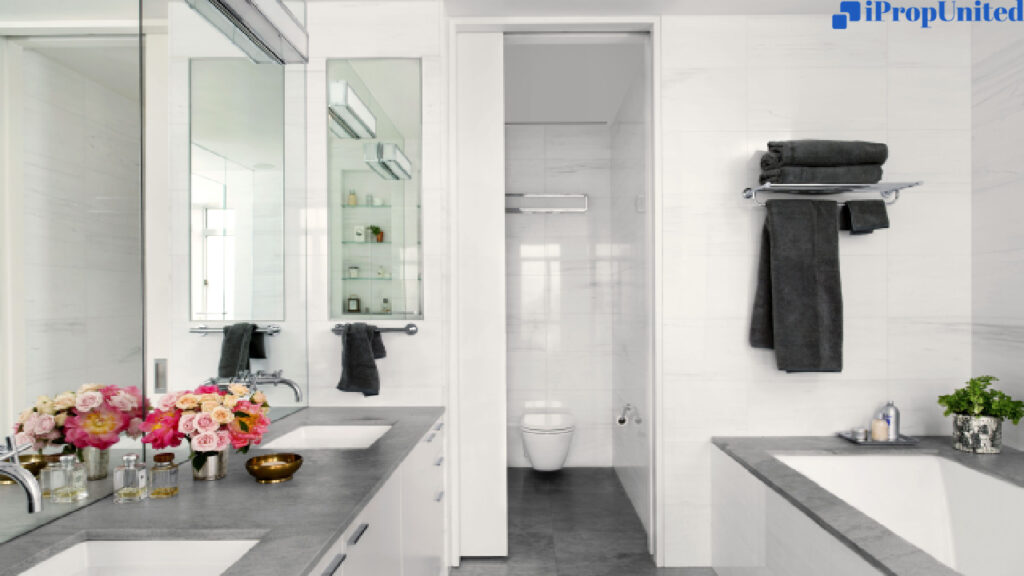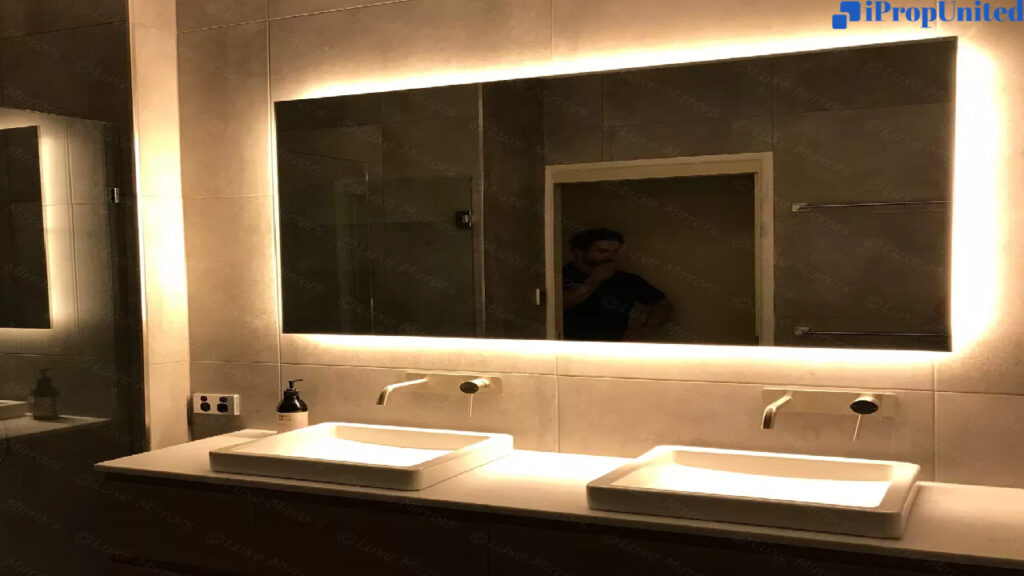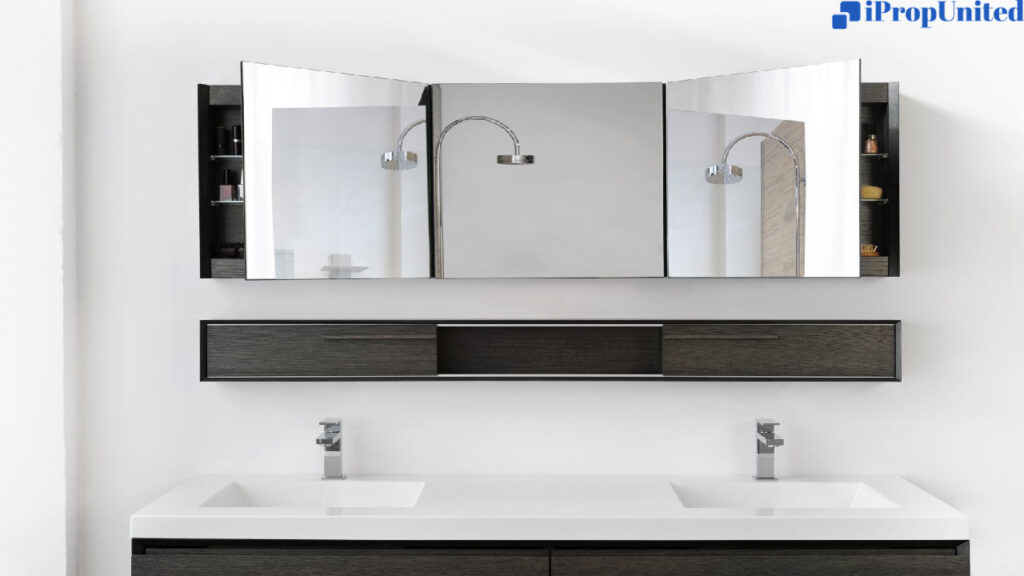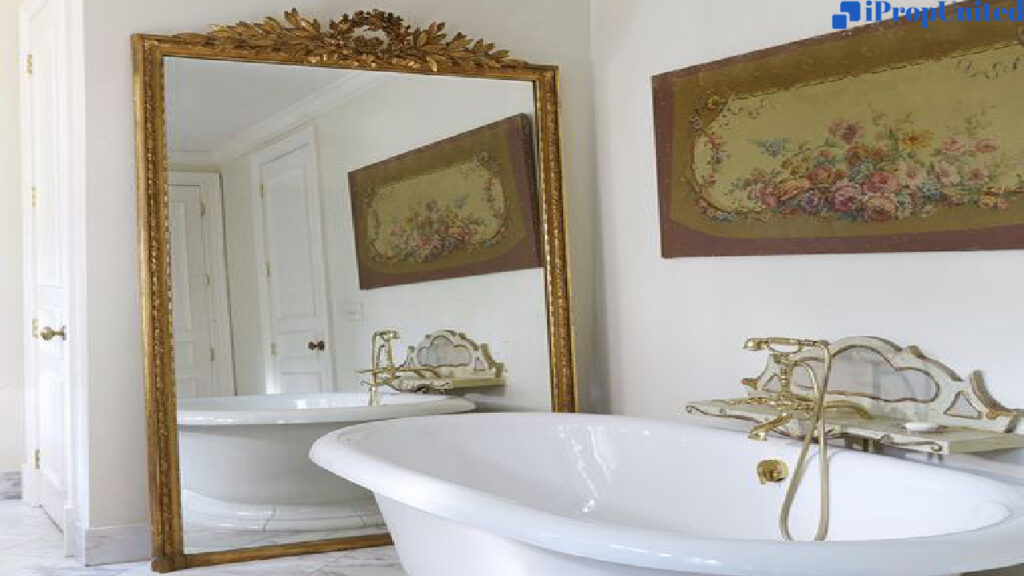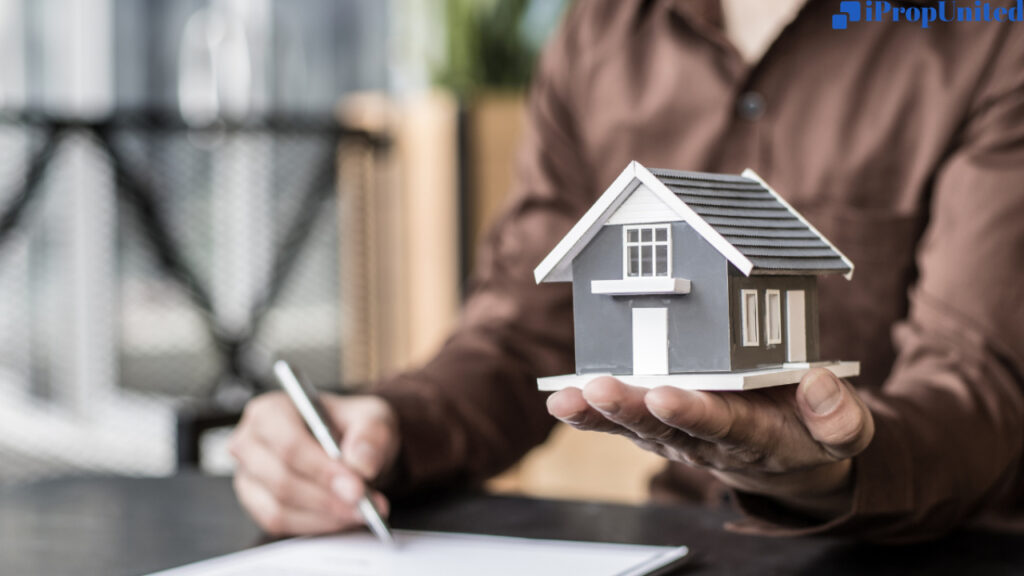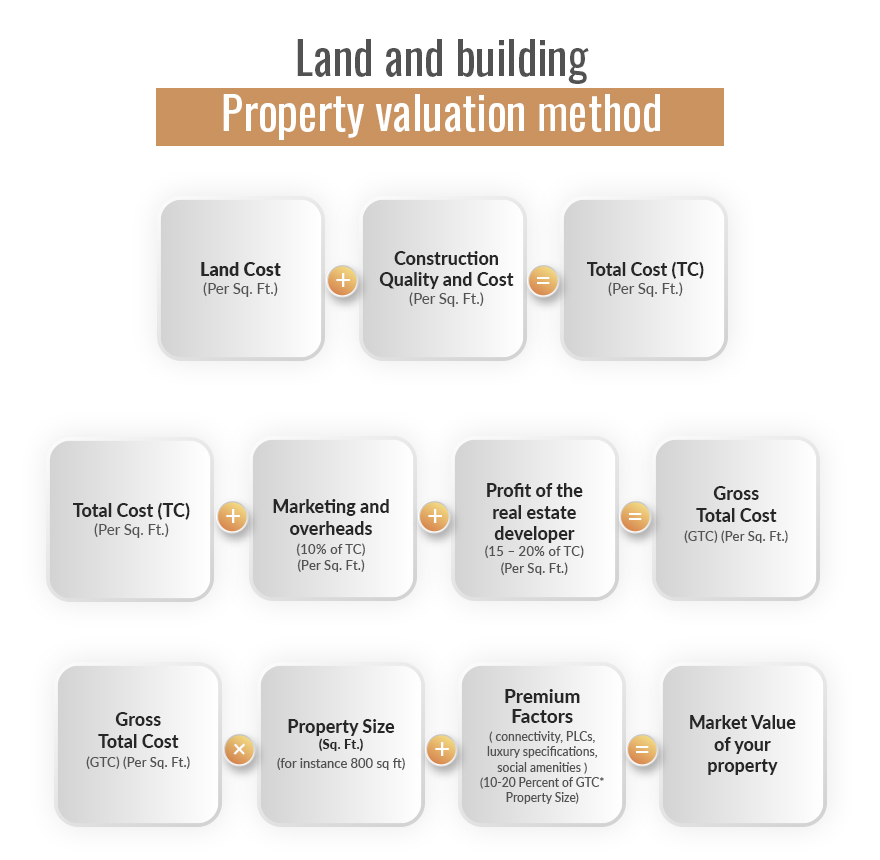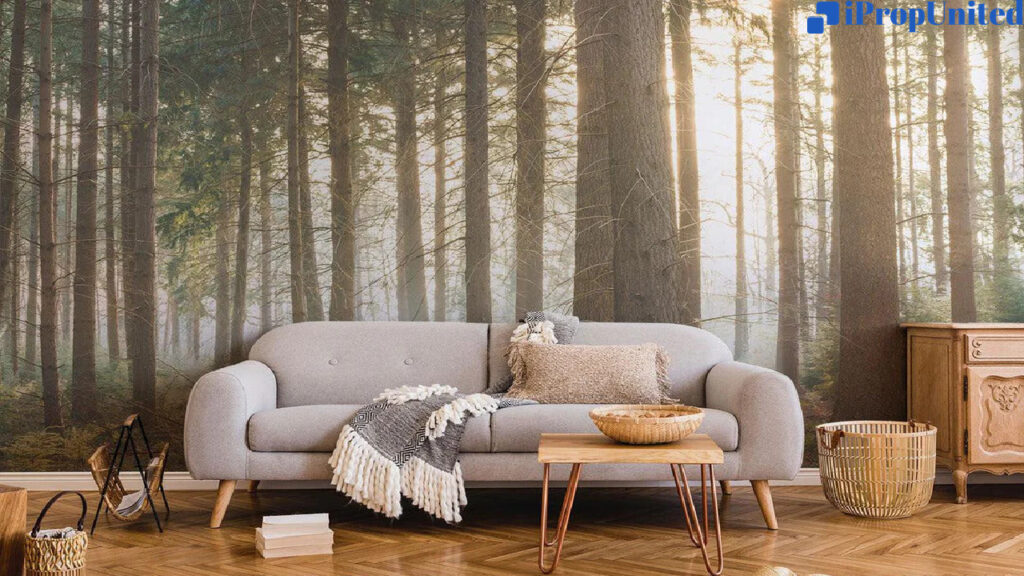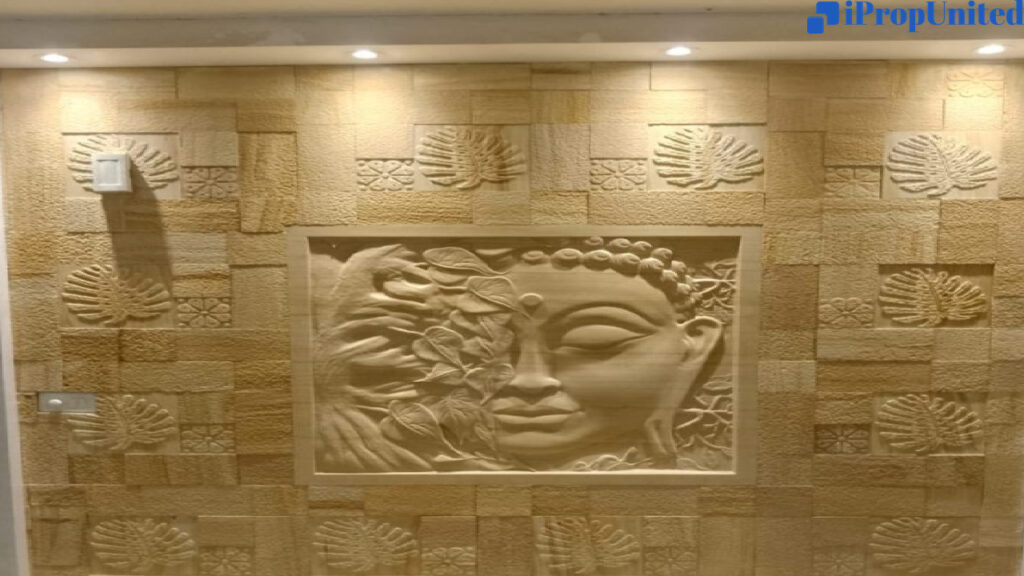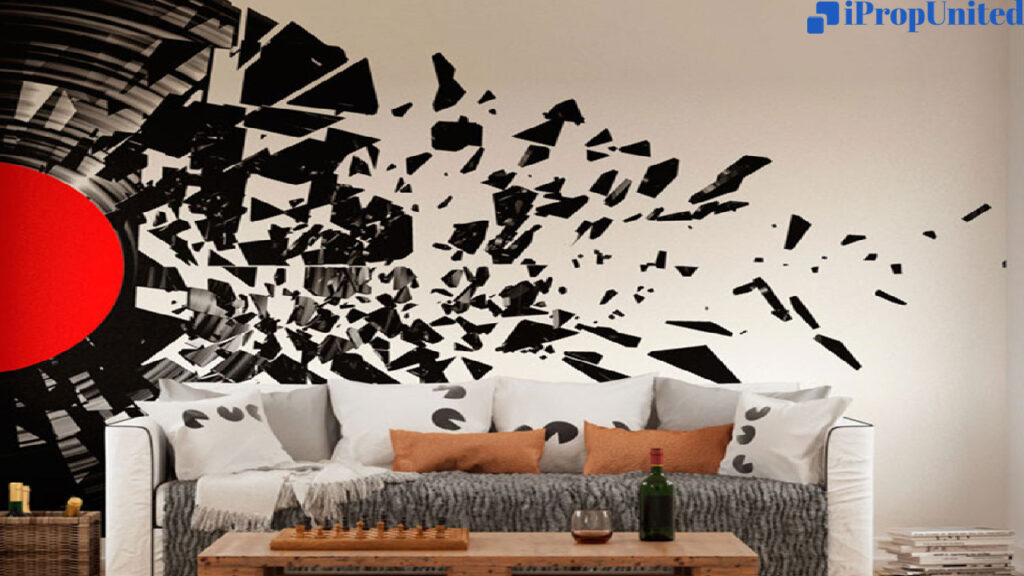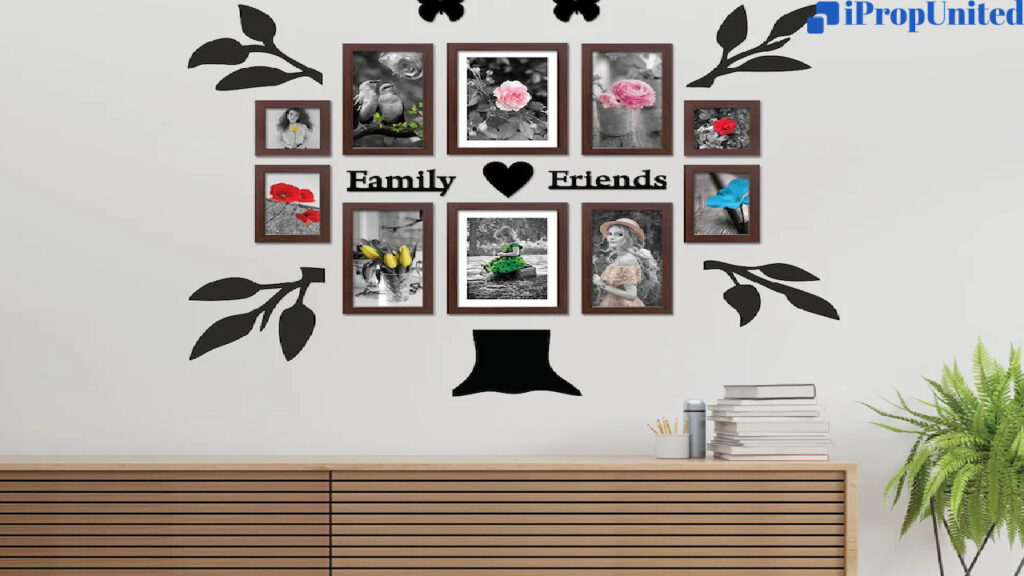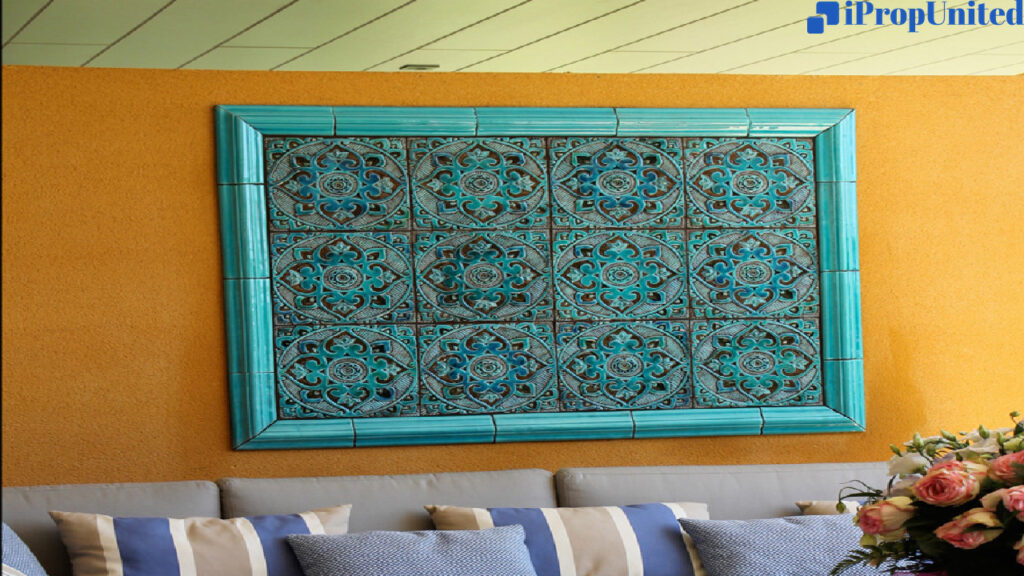Looking for some creative Christmas decoration ideas? This year, why not go for a natural, eco-friendly theme with your decorations and table settings instead of buying new ones?
Making your own DIY Christmas decorations is not only budget-friendly but also environmentally friendly, leaving you with more money to spend on eco-friendly gifts or experiences with your loved ones.

From using scraps of fabric to items found in your kitchen, these simple yet beautiful DIY Christmas decorations will make everyone smile. Take a look and get inspired by these easy DIY Christmas decoration ideas.
DIY Christmas decoration ideas
Dried citrus garland

Make a festive dried citrus garland to add a touch of Scandi style to your home. With just an orange, cinnamon sticks, cloves, and wooden chopsticks, you can make this beautiful decoration that makes your home smell like Christmas. Simply slice the orange, bake it in the oven until dry, thread a string through the holes, and add cinnamon sticks and cloves.
A popcorn garland Christmas decoration ideas

Another easy and inexpensive DIY Christmas decoration is a popcorn garland. You only need some popped popcorn and a threaded needle to string them together. Add dried cranberries for a pop of color. You can use these garlands to decorate your Christmas tree or hang them around the house.
Recycled wrapping papers

Reduce the waste of Christmas wrapping paper by making your own. You can use recycled newspaper and decorate it with twine and sprigs of holly or buy some recycled parcel paper and stamp it with fun designs using potato stamps and vegetable inks.
Wrapping gifts with fabric

Instead of using throwaway paper, try the Japanese art of furoshiki and wrap your gifts in fabric. Choose your favorite sustainable cloth or reuse scraps of fabric you have at home. To wrap, place your gift box in the center of the fabric, bring opposite corners of the fabric up and over the box, and tie them together on top. The fabric can be reused, making it a wrapping technique that keeps on giving.
Wall-Mounted Tree for Christmas decoration

If you would like to display more than one Christmas tree but do not have enough room, this wall-mounted evergreen gives the same festive vibe without consuming valuable floor space. To create the illusion, use hooks to secure luscious garland pieces to your wall until a “tree” forms; then, decorate it like you would a real tree, adding lights, ornaments, and other baubles.
Christmas decoration with Origami stars

One easy idea is to make origami stars out of upcycled paper. You can use old newspapers, sheet music, or books to create these colorful ornaments and hang them on your tree, or windows, or make them into garlands. They are unique and fun to make, and you can watch a tutorial video to learn how to fold the paper.
Cinnamon or twig ornaments

Another great idea is to make star ornaments out of twigs or cinnamon sticks. These plastic-free and zero-waste DIY wooden Christmas decorations are made from twigs, string, and creativity. You can even use cookie cutters as a template to mold them into other festive shapes. You can dye your string with natural dyes in advance to give it enough time to dry and make these charming ornaments out of cinnamon sticks instead, using the same method.
Christmas Cards from scrap

If you have some scrap odds and ends after your origami stars, you can use them to create easy homemade Christmas cards. You can make them for your friends and family or stick them up at home. You can play around with your festive shapes and see what you come up with!
Paper snowflakes
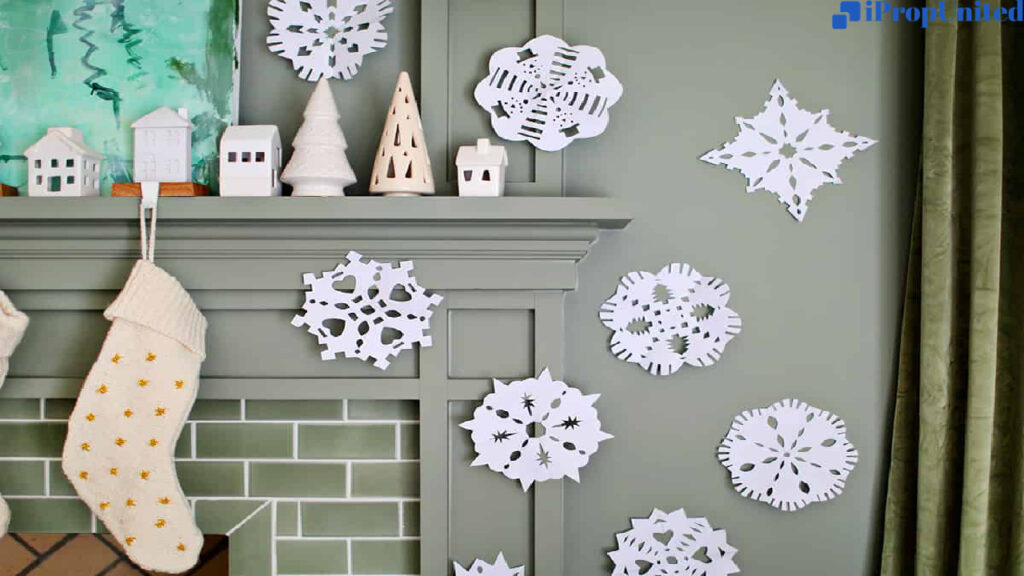
Paper snowflakes are one of the most classic holiday decorations, but if you have never enjoyed doing this kind of work, we can help. Simply use our templates, sharp scissors, and a square piece of paper to create a snowflurry that will transform your house into an improvised winter wonderland.
DIY Christmas Wreaths

Instead of buying a store-bought Christmas wreath, why not make your own? There are tons of Christmas wreath ideas for you to try, but one idea we love is to make a fabric scrap wreath. You can use any colors and sizes of fabric scraps from old sewing projects or holey old t-shirts and cut them into strips. Tie the fabric strips onto the wire wreath frame, creating a layered and textured look, and continue until the entire wreath frame is covered. You can even hot glue on some dried berries and citrus slices to achieve a full and festive appearance.
Wrapping up
The holiday season is a time for joy and celebration, but it’s also important to keep in mind our impact on the planet. That’s why creating DIY Christmas decorations can be a fun and eco-friendly way to decorate your home. It’s not just about saving money, but also about reducing waste and being kind to our planet. Plus, it’s a great activity to do with loved ones, whether you’re gathering in person or virtually. So, why not try making your own Christmas DIY decor this year? And if you have friends or family who are far away, consider sharing this article with them so they can join in on the sustainable holiday fun.
Follow and Connect with us: Twitter, Facebook, Linkedin, Instagram

